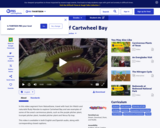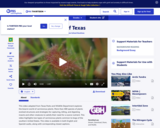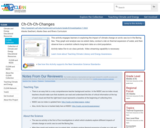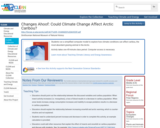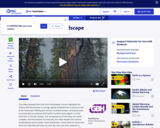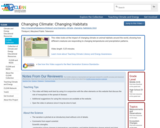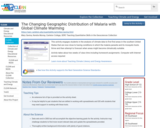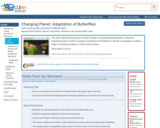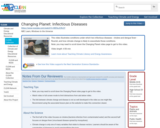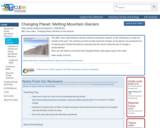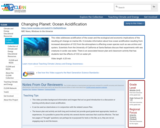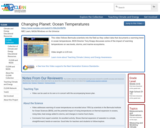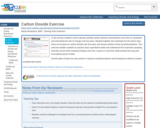
In this activity, students work in groups, plotting carbon dioxide concentrations over time on overheads and estimating the rate of change over five years. Stacked together, the overheads for the whole class show an increase on carbon dioxide over five years and annual variation driven by photosynthesis. This exercise enables students to practice basic quantitative skills and understand how important sampling intervals can be when studying changes over time. A goal is to see how small sample size may give incomplete picture of data.
- Subject:
- Applied Science
- Atmospheric Science
- Career and Technical Education
- Environmental Science
- Environmental Studies
- Physical Science
- Material Type:
- Activity/Lab
- Provider:
- CLEAN: Climate Literacy and Energy Awareness Network
- Provider Set:
- CLEAN: Climate Literacy and Energy Awareness Network
- Author:
- Randy Richardson
- SERC - Starting Point Collection
- Date Added:
- 06/19/2012


